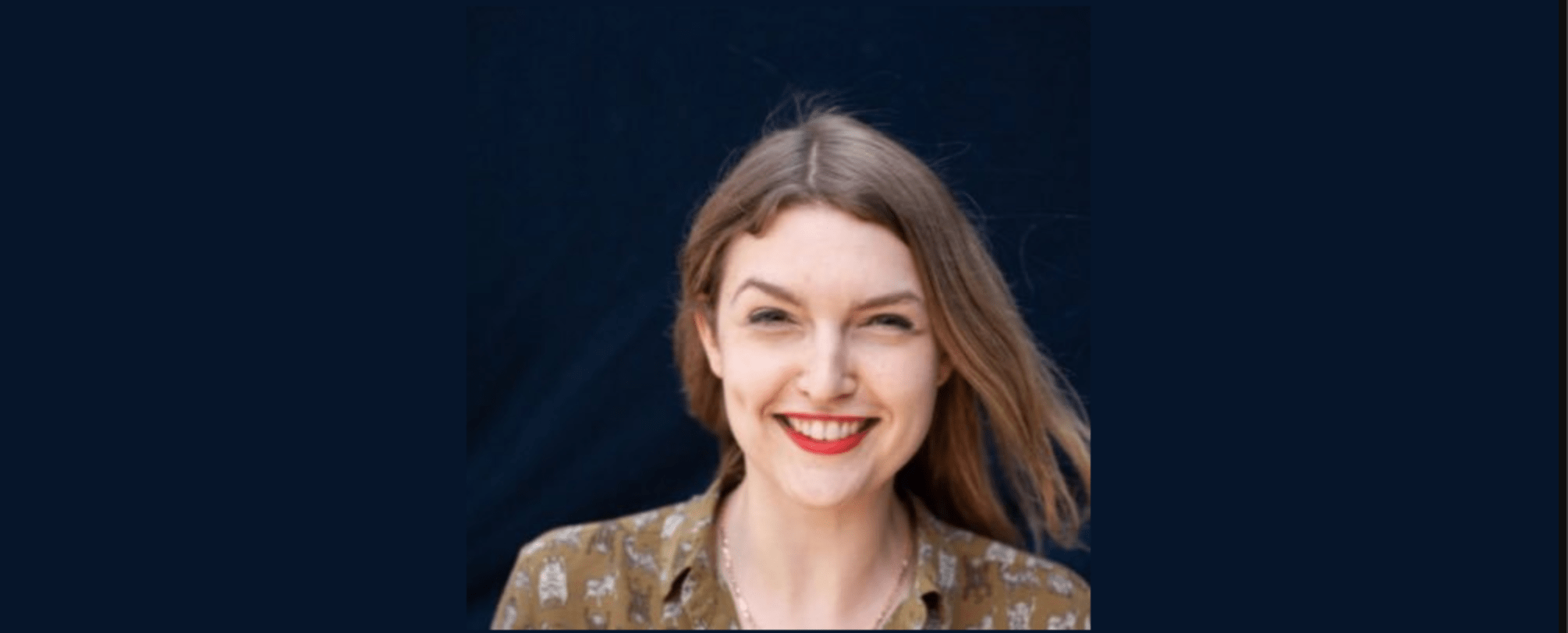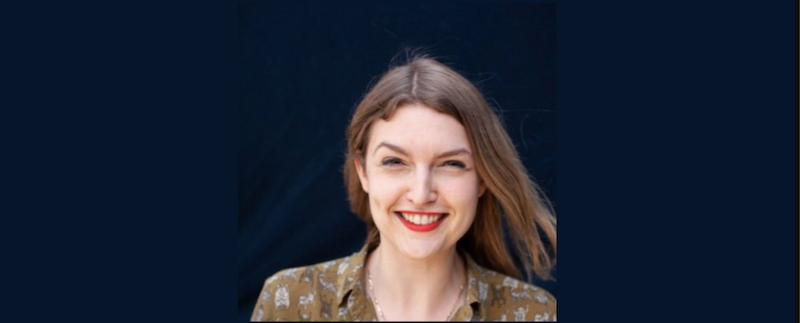The Revolution Won’t be Monetised: A New Business Model for Banking
This interview is part of prepaid cards for business provider Soldo’s Digital Disruptors series, which highlights the individuals changing the world with technology.
Interview with Eleanor Hasler
Eleanor Hasler is VP Product Strategy and External Relations for Project Imagine, a challenger banking business, and Dozens, its first product. A graduate of the University of Zurich, Eleanor moved from Executive Search to consulting, ultimately focusing on Product in technology businesses.
Three years ago, bank accounts were just pots to put money in. Dozens, like many fintechs, has some lovely functionality to help consumers manage their money and understand their wealth. Are these management functions the big opportunity in fintech right now?
Actually, no. We still get a lot of customers because of functionality which replicates “If This Then That” (IFTT), which allows users to integrate finances with experiences. So they can save whenever they go to the gym, or whenever it rains, or whenever something else that matters to them in real life happens that isn’t related to money.
That said, we’re very realistic that the true fintech opportunity is in business model innovation and in financial product innovation, not in the digital experience. Sure, some of the stuff that we’re doing right now is innovative. But lots of things that our competitors are doing are also innovative. It’s only a matter of time before the big banks catch up. They have ample resources to review their front-end interfaces and offer the same types of tools.
So we fundamentally don’t believe that building a nicer experience on the front end is enough to keep customers engaged. Instead, you have to build a better product, which in financial services usually ends up meaning better value in terms of interest rates, better access to products, or a better or more ethical business model. We’re very proud of what we’ve built in the app, but long term we’re focused on innovating on the finance side, rather than the digital side.
We fundamentally don’t believe that building a nicer experience on the front end is enough to keep customers engaged. We’re very proud of what we’ve built, but long term we’re focused on innovating on the finance side, rather than the digital side.
OK – what does business model innovation look like?
Project Imagine was founded by Aritra Chakravarty about 18 months ago, He had spent around 13 years in HSBC across all departments and all geographies, and had realized that it was going to be too hard to genuinely innovate the banking business model from within. Hence Project Imagine and Dozens were born.
The idea with Project Imagine was to see whether it was possible to sell a bank on a completely new business model which doesn’t rely on lending, because as long as a bank relies on lending, it’s illogically hard for the bank to help people to have a better financial life.
After all, it’s hard to look a customer in the eye and, on the one hand, offer them a budgeting tool, but on the other be monetizing their overdraft! Our founding purpose is therefore to use the economies of scale presented by technology to run a bank on a business model that is only reliant on savings and investing; so that we can honestly work with our customers towards a better financial future.
Is that workable?
Well, we’re very happy with the traction we’ve achieved. We’ve always wanted to focus on getting customers and revenue rather than just user numbers. And it seems that the people who join us have a high level of trust – they’re committing large balances with us rather than a speculative few pounds.
That matters to us, because on a savings model, we need that commitment to support our business. Going back to the point about digital functionality, the reason we give people the tools to manage their current account, savings and investment in one place is because if we don’t help our customers budget and save, and then ultimately invest, then we’re not going to survive as a business.
And even though we offer investing, we’re very conservative in that we don’t actually allow people to invest unless they have three months’ worth of savings set aside. We’re certainly of the opinion that everyone should invest, but it’s a big step. And it’s important to understand that investing is not something that you do short term: you should have the money set aside for at least three years, if not more. We make that very clear on our front end, so that our customers can just start with the savings element and think carefully beyond, say, investing just in one company.
This comes from a very different customer focus: we actually built our app with the help of a community of 300 people across the UK. Instead of showing them screens and product, we started at the very foundation: ‘what does saving or investing mean to you?’ ‘How do you manage your money today?’ There are a lot of fun tools emerging with exciting integrations, but that doesn’t really mean much to most people: most of us just want to keep our money safe and want to believe that we’re with a business that genuinely looks out for our needs.
That’s a very noble and disruptive business model, but you also mentioned financial product innovation. What does that look like? Doesn’t it just mean a bit of a percent here and there? And what happens when we move out of the ultra-low interest rate environment we’ve enjoyed for the entire history of Fintech?
Like all challengers, it starts with removing some of the overheads of the older players in the market. We started with smaller offices, lower salaries and technologies that don’t cost so much.
But there is still innovation in the distribution of value. We thought from the outset that there needs to be a fairer balance between what the shareholders get back and what the customer gets back. Shareholders cry if they don’t get 10% returns, and yet traditional banking customers are very happy if they get .5%! This is accepted as normal!
Right now, Uber drivers are protesting because they are being asked to give the platform more than 20% of the fees they earn. And yet a traditional bank takes around 90% of your profit, and that’s simply been taken for granted for a very long time. We come at it with a fresh perspective.
There’s been plenty of innovation for the people of London, but simplicity means thinking about people who don’t live in Shoreditch.
That said, consumers have more options than ever. Fintech is creating more choice. Are we changing our lives towards a multi-provider environment instead of sticking with one bank?
It’s not really sustainable. Although Fintech is amazing in terms of giving people better insights about their spending, what actually happens is that many people end up having different functionality across five to seven apps. At the end of the day, you might as well have a spreadsheet! In terms of complexity, you might be worse off than when you just had the one bank.
Even more importantly, if your main bank gave you the notifications and the insights that Monzo gives you or the investing opportunity that Nutmeg gives you, then would you really go to those other providers at all?
So, our view is that there should just be one way you can manage everything, which in itself will support fintech innovation. It’s hard to manage your money even when it’s all in one place – even just thinking across the three pots of current, saving and investment pots is difficult enough. If you then start spreading it across different apps and companies and logins as well, it becomes unbelievably hard to manage.
There’s been plenty of innovation for the people of London, but simplicity means thinking about people who don’t live in Shoreditch. So as part of working with our product development community, we’re even working on a project to figure out how we can reinvent some new form of the bank branch as well. Because again, not everyone wants to manage their money in an app. We never wanted to be specifically an app or a digital bank, we just want to become a bank one day. And we’ll do it through whatever channels work for the people we’re trying to reach.
Project Imagine joins several fintech innovators seeking to be “the home of consumer money” – a single place for customers to manage and even enjoy their financial lives. But functionality is a weak driver of loyalty – we love the functionality that digital firms give us… until something sexier comes along! Where Dozens is truly innovating is in rewriting what it means to be a bank – with a concept that feels intrinsically more ethical than incumbents can offer.
The sector has always suffered from an absence of meaning: when consumer decisions only come down to a percentage, nothing else really matters that much (which is why price comparison sites are often valued more highly than challenger innovators). When brand values are aligned with customer need, there’s an opportunity to create true loyalty and longevity based on more than consumer inertia.








